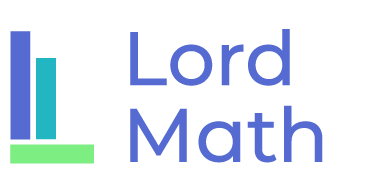FREE Webinar: The Secrets to Teaching Math Facts
Watch a Free Webinar
One of the most common questions that teachers and parents have is how to help students learn math facts. Watch this free webinar (recorded August 2021) where we take a deeper dive into the neuroscience of math and discover where our current instructional approaches are misaligned with how our brains process numbers. Then be introduced to more effective methods for teaching math, developing number sense, and learning math facts!
Learn more about Decoding Math
Download Dot CardsNeuroscience of Math, Dyscalculia, and MLD
Watch a Video Training on the Neuroscience of Math
In this 1-hour training video, Becky introduces the neuroscience of math, what dyscalculia is, the various cognitive factors that influence math learning disabilities, and assessments that can help identify them.
Teaching with Dot Cards
Watch a Video Training on Teaching with Dot Cards
In this 35-minute training video, Becky demonstrates how to introduce Dot Cards and use them to strengthen subitizing and develop number sense. She models teaching addition and subtraction, make 10 and doubles strategies, and more.
Introducing Cuisenaire Rods
Watch a Video on Introducing Cuisenaire Rods
Cuisenaire rods can be intimidating at first since there are no notches marking ones and therefore no way to just know what number each represents. But once you become familiar with them, you realize that is their power! Cuisenaire are amazing tools for developing a whole variety of math concepts and skills, and kids love working with them. Watch this video where I introduce the use of Cuisenaire rods, then give them a try with your students.
Teaching with Cluster Cards
Watch Videos on Teaching with Cluster Cards
Cluster Cards are an effective tool developed by Mahesh Sharma to help students visualize the “clusters” of numbers by breaking them into parts that can be subitized. In this video series I introduce Cluster Cards and demonstrate how they can be used to teach the decomposition and recomposition of numbers 1-10, leading to an internalized visualization of each number arrangement.


